A while back you may have seen the news on a new flowmeter by Aqua Computer. They kindly provided me with a sample of this flowmeter and I did a small flow-comparison to two other flowmeters.
First of all, let's take a closer look at the AC Highflow Sensor:
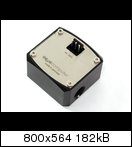
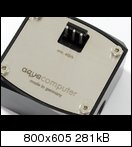
The flowmeter is housed inside a POM-casing which has a nice, stainless steel top cover. A cable to connect the flowmeter to an aquero, t-balancer or any other device capable of interpreting this type of signal needs to be purchased separately. A great advantage of this flowmeter is that it has 1/4" threads, so you can use it for any size tubing and with practically any fittings you like. The same can't be said for the other two flowmeters I tested:
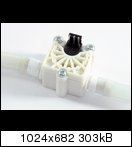
The one on the left is a Digmesa FHKUC 70. It is one of the most popular flowmeters used in liquid cooling setups, at least where I come from. It's fairly compact and it's said to be precise and not very restrictive. On the downside, you're stuck with two 3/8" barbs, so you can't use any tubing size you want.
The one on the right is a Durchflusssensor GMR ("Flowmeter GMR"), also quite popular among LC'ers over here. It's available in POM, clear acrylic and brass versions. It has an integrated, albeit very short cable. On the downside, it has 1/2" outer threads which arent compatible to anything regularly used in PC liquid cooling I can think of. So you have to get extra adapters and O-Rings and it can sometimes be tricky to get all of this sealed properly.
Now, let's take a quick look inside the AC Highflow Sensor:
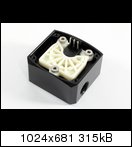
As you can see, the electronics of this flowmeter are by Digmesa. The sensor has been given a new encasing by Aqua Computer and the inlet diameter has changed compared to the FHKUC 70, which also means that the flowmeter is recalibrated for a different impulse-rate.
Test Setup
Lacking a Manometer for this kind of thing I went for something much cheaper and much more crude: Two buckets.
Here's the basic test-setup:
1) Bucket #1 is the reservoir.
2) A Laing DDC with an EK X-Top.
Next comes the flowmeter (FM) to be tested.
3) Then follows a quick disconnect which serves the dual purpouses of allowing me to shut off the flow and introducing considerable restriction to the loop. Since I'm doing measurements by hand this is a good thing.
4) Bucket #2 sits on a scale. 1 litre of water equals 1 Kg in weight (metric system FTW) so I can easily use the scale and a stopwatch to determine how long it takes for X litres of water to reach the bucket.
The flow I calculate using the stopwatch and the scale is what I describe as the actual flow or "GPM actual" in the diagrams. Of course, there's human error involved here. Some preliminary testing showed that the results are very repeatable, though.
So, let's get to the data.
Maximum Flow / Restriction
This is what we get with the pump running at full power. On the one hand, looking at the actual GPM reached, this gives an idea of how restrictive each of the flowmeters is. We also see how far apart the actual flow is from the output of each of the sensors. Here, we see that the AC Highflow Sensor does very well.
Next, let's take a look at precision of the flowmeters over a small range of flowrates. Highflow fanatics can leave now and go admire their triple Iwaki setups. Due to the restriction introduced by the quick disconnect, the flowrates are all pretty low.
I measured precision at 60 l/h, 100 l/h and 150 l/h. In GPM, the numbers don't make as much apparent sense. The measurement was done by reducing adjusting a valve until the output of the flowmeter showed 60, 100 and 150 l/h respectively. With the flow set like this, the actual flow was measured using the stopwatch and the scale.
Here are the results:
The red line shows what the output, measured by the flowmeters was, the bars show the actual flow.
As we can see, the AC Highflow Sensor doesn't do too well at low flowrates but gets increasingly more precise as flow increases. In fact, it goes from 33% to 9% to just 1% deviation in the range tested.
The Digmesa FHKUC 70 is also quite precise and the GMR is mostly a bit off target. Though in my opinion the meters are all precise enough for practical purpouses.
Orientations
I ran each of the flowmeters in a closed loop as well and placed the flowmeters, at different angles and orientations. This was to check whether they would provide consistant measurements, independantly of orientation. Here's what I found:
Both the FHKUC 70 and the AC Highflow (which use the same electronics) can be used in any angle and orientation. No matter how I twisted or turned these, the readings would remain the same.
The GMR doesn't work at all when it's upside down, i.e. it reads 0 GPM. In orientations where it's almost upside down, the readings go awry, but it's obvious that they are inaccurate. In any other orienatation, be it vertical or horizontal or anything in between, the readings are consistant.
Quick conclusion
Out of the three flowmeters tested, I prefer the AC Highflow Sensor simply for it's practical nature. It's the only one that I can just use my usual fittings with and thus let's me use any size tubing I want. It's also the only one of the three flowmeters that looks nice and doesn't necessarily have to be hidden away in your flashy rig.
Aqua Computer took a solid flowmeter by digmesa and did some fine-tuning on it. This results in low restriction and a good precision at higher flowrates.
This is a translation of my original article on DeXgo.
Thanks for reading.
Cheers,
Shane



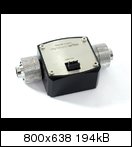
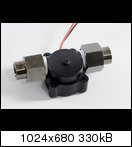
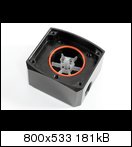
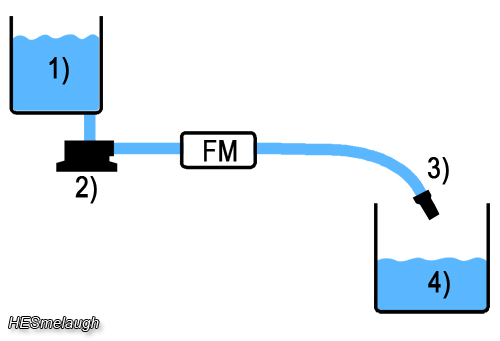
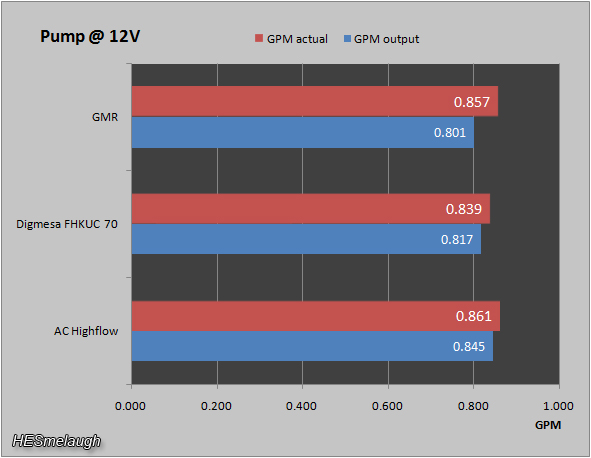
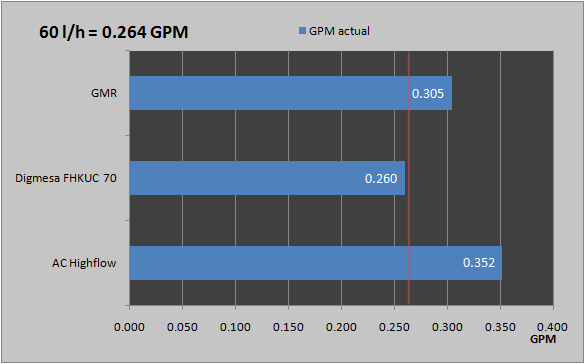
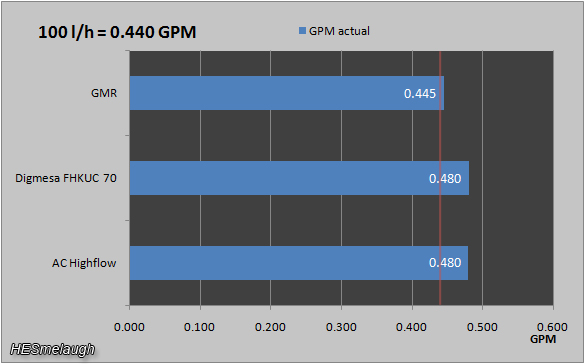
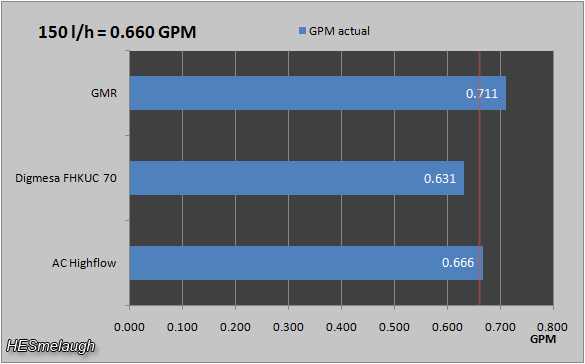

 Reply With Quote
Reply With Quote









Bookmarks